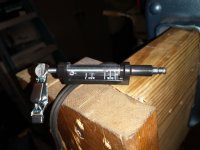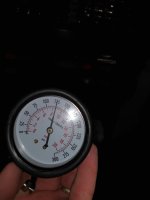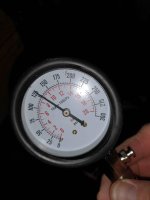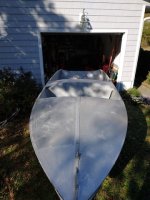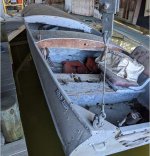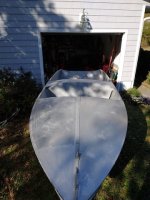I need some help. I have a 56 Evinrude outboard that just won't idle and run. I have good spark, have cleaned the carburator, set the timing using a timing tool, rebuilt the tank, and have new non-ethanol gas at 24 to 1 ratio. I know the tank & gas is good because I tested it on another motor. The one odd thing on this motor is that if I pump the tank gas will start to leak out of the carburetor. I don't know if that is normal or not. The engine will sometimes run for a moment if I give it extra gas and will idle for about 3-5 seconds sometimes before it dies.
Any ideas for this amateur would be greatly appreciated. I really want to see this thing purr.
Thanks,
Glen
Any ideas for this amateur would be greatly appreciated. I really want to see this thing purr.
Thanks,
Glen


